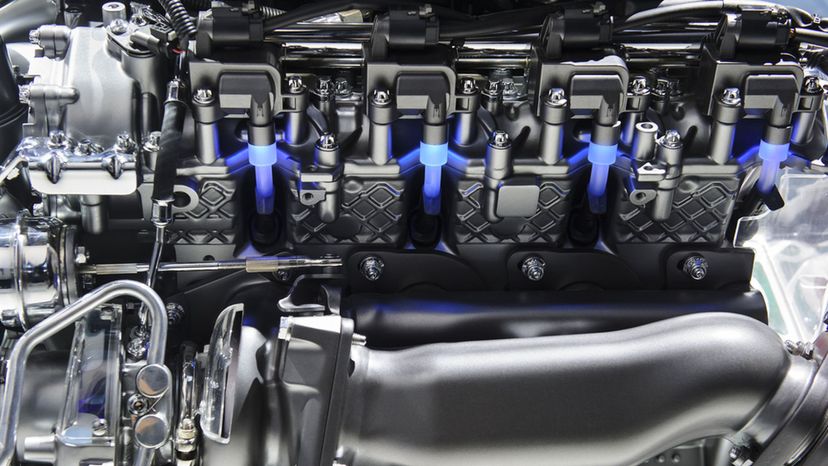
About This Quiz
Do you have gears in your head instead of the traditional gray matter? Are you always thinking about how engines run, learning about the different designs out there?Â
Engines can be incredibly complex. Of course, early designs were relatively simple, usually only having a few dozen parts or so. Thanks to the desire for smoother operation, more power, less noise, greater reliability, increased longevity, lowered emissions, improved fuel efficiency and more, the design of modern engines has evolved into something far more complex. Your engine might contain hundreds of parts, which all serve a very precise purpose.
It's amazing to think how quickly the different actions happen inside your engine, all without problems, at least for the most part. To regard engines as anything other than mechanical miracles is to not appreciate them nearly enough. Just let something obscure go wrong with your engine, especially something that leaves you stranded on the side of the road, and you'll come to a whole new appreciation for the complexity of these machines.
Just how much do you know about the different components in various engines? Could you guess what a component is with a short hint? Try out your skills now by taking this quiz!
Advertisement
Advertisement
Advertisement
Advertisement
Advertisement
Advertisement
Advertisement
Advertisement
Advertisement
Advertisement
Advertisement